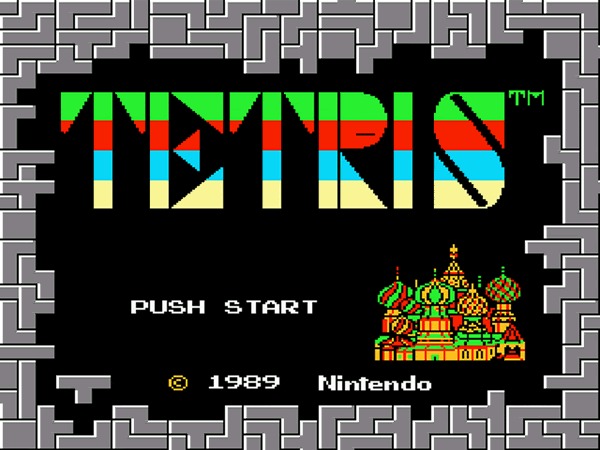
Tetris: Simple yet addictive, NES Tetris is a puzzle classic. Falling blocks, strategic placement, and the thrill of clearing lines create timeless gameplay. Its catchy music and addictive loop made it a must-have for the console, solidifying Tetris as a gaming icon. – superuser
Tetris, originally created by Alexey Pajitnov, is a legendary puzzle game that has captivated players worldwide. The Nintendo Entertainment System (NES) version, with its various releases, holds a special place in gaming history, popularizing the game on consoles. This Tetris NES review explores the game’s enduring appeal and its impact on the puzzle genre.
Simple Yet Addictive: Gameplay Mechanics
Tetris on the NES, in all its variations, is a game of simple yet incredibly addictive mechanics. Players are presented with a series of falling blocks, known as Tetriminos, and must rotate and position them to create horizontal lines. When a line is completed, it disappears, and the player earns points. The game ends when the blocks stack up and reach the top of the playing field.
The core gameplay loop is easy to understand but difficult to master. The increasing speed of the falling blocks adds a sense of urgency and challenge, requiring quick reflexes and strategic thinking.
- Falling Tetriminos of various shapes
- Rotating and positioning blocks
- Creating horizontal lines to clear them
- Increasing game speed and difficulty
- Endless gameplay with a high score chase
NES Variations: Nintendo vs. Tengen
The story of Tetris on the NES is intertwined with a legal battle between Nintendo and Tengen (Atari Games). This resulted in two main versions of the game:
- Nintendo’s Tetris: Released by Nintendo, this version featured a more polished presentation, colorful backgrounds, and a two-player mode.
- Tengen’s Tetris: Released by Tengen, this version had a more arcade-like feel, with fast-paced gameplay and a unique soundtrack.
Both versions have their own merits and fans, but Nintendo’s version ultimately became the more widely recognized and successful one.
Graphics and Sound: 8-bit Simplicity
Tetris on the NES features simple 8-bit graphics that are functional and visually appealing. The different Tetrimino shapes are easily distinguishable, and the game’s colorful backgrounds add a touch of visual variety.
The game’s music is iconic, with catchy tunes that have become synonymous with Tetris. The sound effects are basic but effective, providing satisfying feedback when lines are cleared.
Legacy: A Puzzle Game Phenomenon
Tetris is one of the most influential and successful video games of all time. Its simple yet addictive gameplay has made it a global phenomenon, transcending platforms and generations.
The NES version played a crucial role in popularizing Tetris in North America and helped to establish the puzzle genre as a dominant force in gaming. Tetris’s enduring appeal lies in its ability to provide a quick and satisfying gaming experience that can be enjoyed by anyone, regardless of their gaming skill level.
Why is Tetris so addictive?
Tetris is addictive because it taps into the human desire for order and completion. The act of creating lines and clearing them provides a sense of satisfaction and accomplishment. The increasing speed and challenge create a sense of urgency and excitement, while the endless gameplay encourages players to keep playing to beat their high score.
Is Tetris on NES Worth Playing Today?
Yes, Tetris on the NES is still worth playing today. Its core gameplay remains as addictive and engaging as ever, and its 8-bit charm provides a nostalgic experience for retro gaming enthusiasts. Whether you prefer the Nintendo or Tengen version, Tetris on the NES is a classic that continues to stand the test of time.
Game Information
- Title: Tetris
- Platform: Nintendo Entertainment System (NES)
- Genre: Puzzle Game
- Developer: Various (Nintendo, Tengen)
- Publisher: Nintendo, Tengen
- Release Year: 1989 (Nintendo), 1988 (Tengen)
